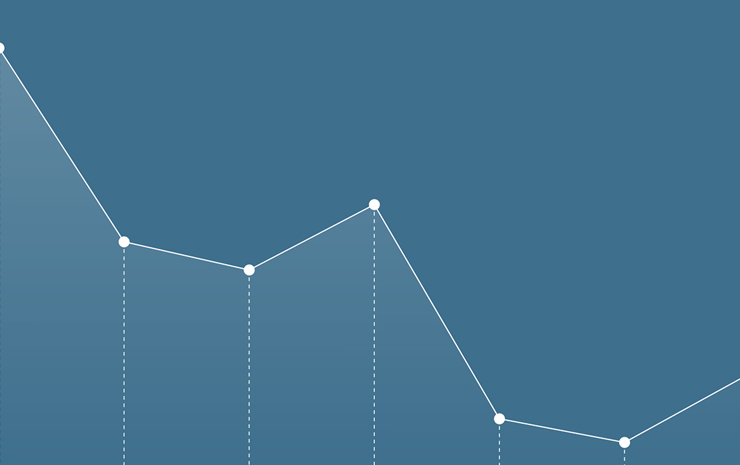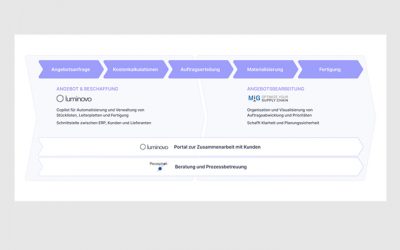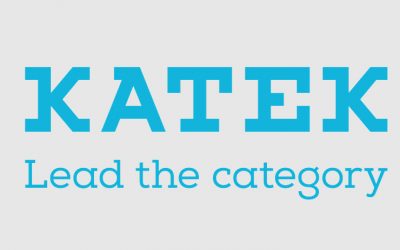Reducing tied-up capital
If you are looking to reduce the amount of capital tied up in your company, there are various ways to approach the topic. You can examine the issue from within your company, or a consultant can offer valuable strategies and advice. External consultants are not distracted by “internal noise” and can analyze a company’s specific structures and processes to develop tailored solutions. They should take into account factors such as the type of company, the industry in which it operates, and its financial situation. It is also important to identify the capital tied up in each area of the company.
This not only includes financial resources, but also operating equipment, stocks and customer receivables. Detailed analysis can help to identify which areas involve a high amount of capital and where there is potential for optimization. Perzeptron GmbH knows just how important this concept is. We are constantly looking for ways for successfully reducing tied-up capital. This is absolutely essential for companies to ensure their financial health and growth.
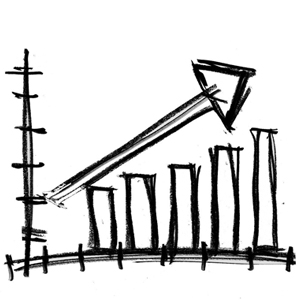
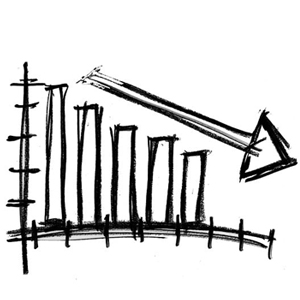
Tied-up capital from a company’s perspective
Tied-up capital refers to the amount of capital that a company has tied up in assets and is therefore not available for any other investments or operating costs. This has an impact on the company’s financial flexibility and performance. High amounts of tied-up capital can have serious implications:
- Limited liquidity
A high amount of tied-up capital leads to a lack of liquid assets, which limits a company’s ability to meet short-term obligations or take advantage of investment opportunities. - Lower profitability
Tying up capital in long-term assets can affect a company’s profitability, as the invested capital cannot be used for more profitable purposes. - Increased risk
A high amount of tied-up capital increases a company’s risk, especially in the face of highly fluctuating markets or unforeseen events, because fewer funds are available for quick adjustments.
Difficulties in identifying tied-up capital
The complexity of a company’s capital structure often presents a considerable challenge. Different types of capital can make it difficult to keep track of everything. It takes a deep understanding of operational processes to thoroughly analyze and optimize a company’s capital structure. And in industries that rely heavily on warehousing and physical stocks, companies can find it difficult to optimize their tied-up capital. Incorrect stock levels can tie up funds that could be better used elsewhere.
Another problem is a lack of suitable analysis tools. Companies often lack the right tools or analytical methods to effectively monitor and optimize their tied-up capital. And without the relevant data and tools, it can be difficult for companies to identify and improve any inefficiencies.
Risk aversion can also play a role. Some companies may be hesitant to optimize their levels of tied-up capital for fear of undesirable results due to changes in their capital structure or operational processes. This risk aversion can prevent companies from making the necessary changes, even if the relevant transformations could help to boost efficiency.
Visibility
The amount of capital tied up in companies can be visualized using data that is readily available. By checking stock levels, outstanding invoices and investments, we can actually identify the amount of capital tied up in a company. However, many companies are unable to do this themselves due to a lack of specific knowledge in the areas of accounting, financial analysis and data interpretation.
This is often compounded by a lack of time and resources for comprehensive analysis, so external experts or consulting firms are appointed to investigate the matter. Once the amount of capital tied up in a company has been visualized, there are several proven optimization methods:
- Increasing warehousing efficiency
One way to reduce the amount of capital tied up in a company is to optimize stock levels. This can be achieved by using warehouse management software, introducing just-in-time deliveries or applying lean principles. The aim is to reduce stock to the minimum levels needed to free up capital.
- Optimizing supplier relationships
Working closely with suppliers can help to optimize a company’s capital structure. This can be achieved by renegotiating supply agreements to obtain longer payment terms or by identifying alternative suppliers with better terms and conditions.
- Investing in technology
Implementing technologies such as enterprise resource planning (ERP) systems, automated production facilities and digital workflows can increase efficiency and reduce tied-up capital by ensuring the more effective use of resources.
- Analyzing and optimizing processes
By thoroughly analyzing their business processes, companies can identify and eliminate bottlenecks to reduce tied-up capital. This may mean overhauling any inefficient or redundant workflows or introducing new technologies to streamline processes.
- Investing in education and further training
Education and further training can help to increase efficiency and reduce tied-up capital by enabling employees to carry out their tasks more efficiently and effectively.
It is always extremely annoying for companies to actually see the amount of capital tied up in their business, as this gives them less flexibility and scope for investments in other areas such as innovation or marketing. Any capital that is visibly tied up can prevent companies from reacting quickly to market dynamics or seizing unexpected opportunities. It puts a strain on liquidity and a stopper on growth. Unused capital is like an anchor that holds companies back and limits their ability to act.

How to predict tied-up capital
All companies that work with BOMs can proactively predict the amount of capital that will be tied up in each operation by precisely analyzing the materials and costs of each component listed in a BOM (see efficiency analysis). This allows for a precise estimate of the total production costs. If you know how each component affects the amount of capital tied up in your business, you can avoid any unnecessary expenses and use your resources more efficiently. And then you will know where your capital is tied up.
You will be able to identify every cent that is not actively used to grow your business, allowing you to take targeted measures to optimize your capital structure and free up financial resources. It is a great satisfaction for businesses to know exactly where their capital is tied up so that their financial resources can be used as efficiently as possible and any unnecessary expenses can be avoided.
This allows companies to make informed decisions to promote growth and profitability. Knowing that you are using your financial resources effectively creates a sense of security and control over your financial future. In short, knowing exactly where capital is tied up provides a solid basis for successful and sustainable corporate management.
Tied-up capital can be reduced
Even in 2024, companies can reduce their tied-up capital. This is due to several economic factors, including the increasing digitalization and automation of many industries. By using technologies such as artificial intelligence, robotics and machine learning, companies can streamline and optimize their production processes. This results in less capital being needed for the same or even higher production output.
Globalization can also help to reduce the amount of capital tied up in companies. Increased access to international markets allows companies to diversify their resources and production sites. By taking advantage of global supply chains and locations with lower production costs, companies can optimize their capital structure by channeling their financial resources to reap the greatest rewards.
Reducing capital through analysis
Perzeptron GmbH uses all of its vast experience and modern expertise to systematically and efficiently analyze the amount of capital tied up in companies. Perzeptron identifies optimization potential by evaluating every last detail of structures, workflows and processes such as stock levels, production cycles, supplier relationships and financial instruments. Perzeptron uses its data analysis and industrial expertise to uncover areas where capital is tied up and used inefficiently.
Based on these findings, the Perzeptron team develops tailored solutions to reduce the amount of capital tied up in companies and improve their financial performance. Perzeptron is committed to providing companies with objective analysis and practical recommendations to help increase their financial flexibility and ensure their long-term success.


A great opportunity for companies
he efficient use of capital presents companies with an opportunity to optimize their financial structure and ensure their long-term success. According to Peter Drucker, a renowned management consultant, “a company’s most important task is to generate value in such a way that its own financial resources and those of society are used as efficiently as possible”. The targeted utilization of capital allows companies to invest in productive assets while maintaining their liquidity.
By analyzing exactly where capital is tied up within their organization, companies can streamline their workflows, optimize their processes and reduce their capital costs. This not only creates financial stability, but also strategic competitive advantages. Companies that see the targeted use of capital as an opportunity can use their resources more efficiently and promote long-term sustainable growth.
Competent advice
The amount of capital tied up in manufacturing companies can almost always be optimized by a qualified external consultant, which pays off in the long term. Firstly, external consultants have specialist knowledge and experience in analyzing capital flows and processes, which allows them to identify effective optimization potential. Secondly, they provide an objective assessment from an outsider’s perspective, which in-house teams may be unable to offer, allowing them to present new perspectives and solutions.
Thirdly, they can develop strategies tailored to the specific needs and objectives of each company, in order to minimize the amount of tied-up capital and maximize profitability. This makes external consultants a long-term investment that leads to a more efficient use of resources, improved liquidity and ultimately to sustainable business success.

